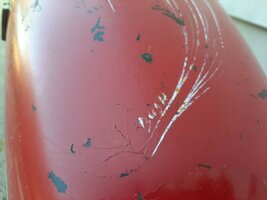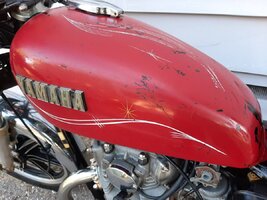Yeah, that’s pretty rad!
-
Enjoy XS650.com? Consider making a donation to help support the site.
XS650.com receives a small share of sales from some links on this page, but direct donations have a much greater impact on keeping this site going.
1973 Super Rustbucket Resurrection
- Thread starter DogBunny
- Start date


